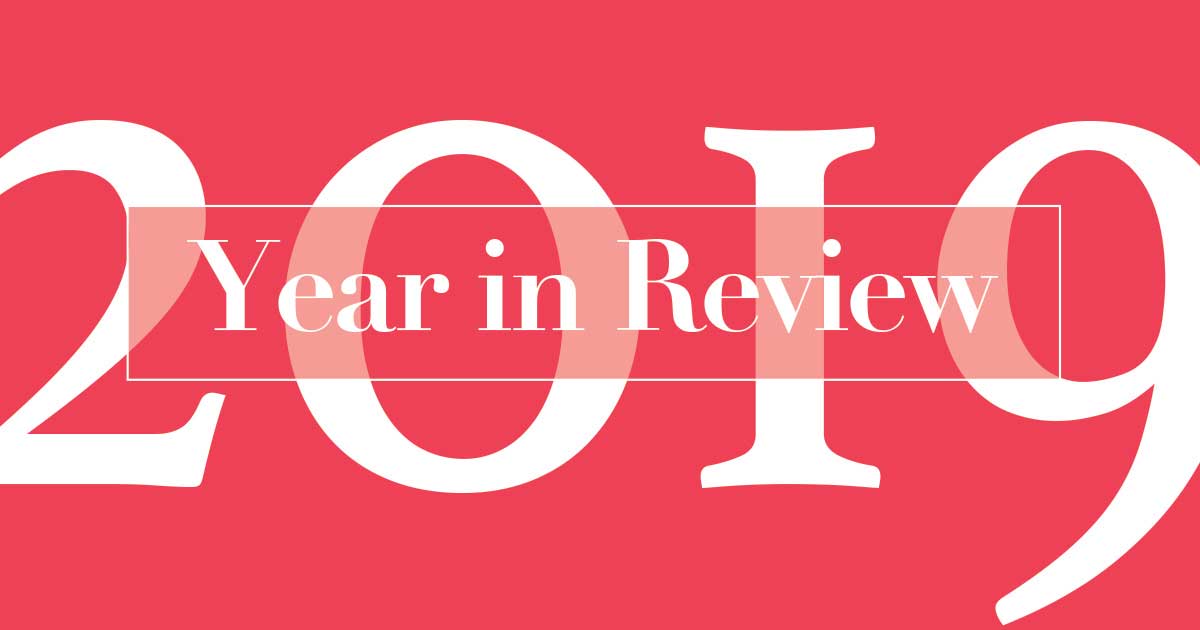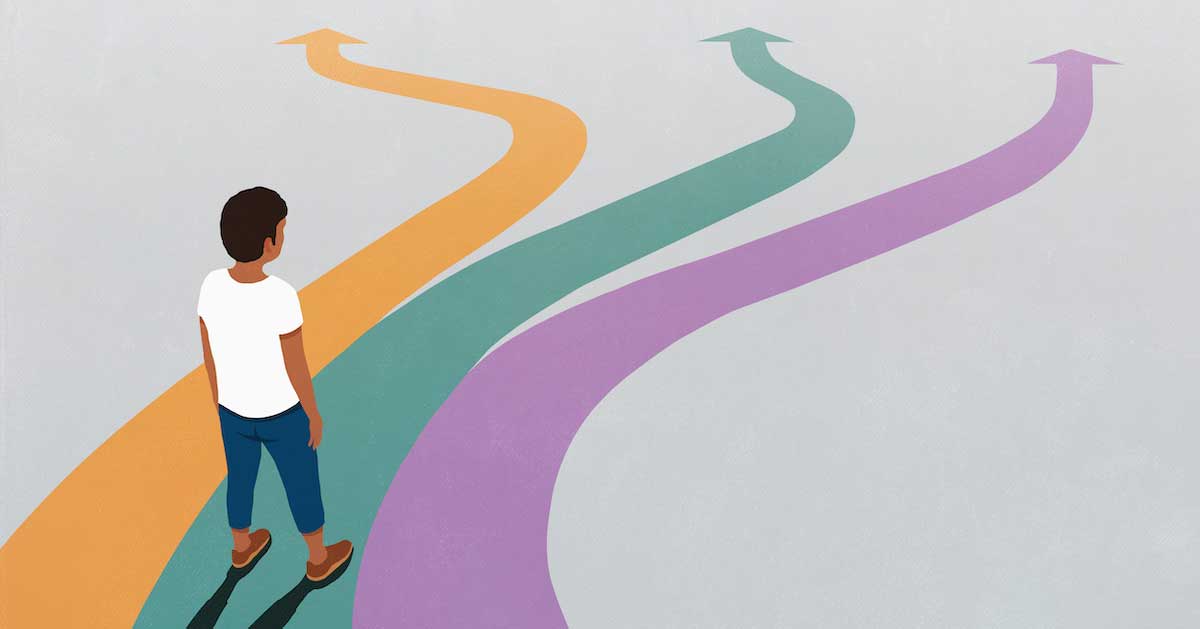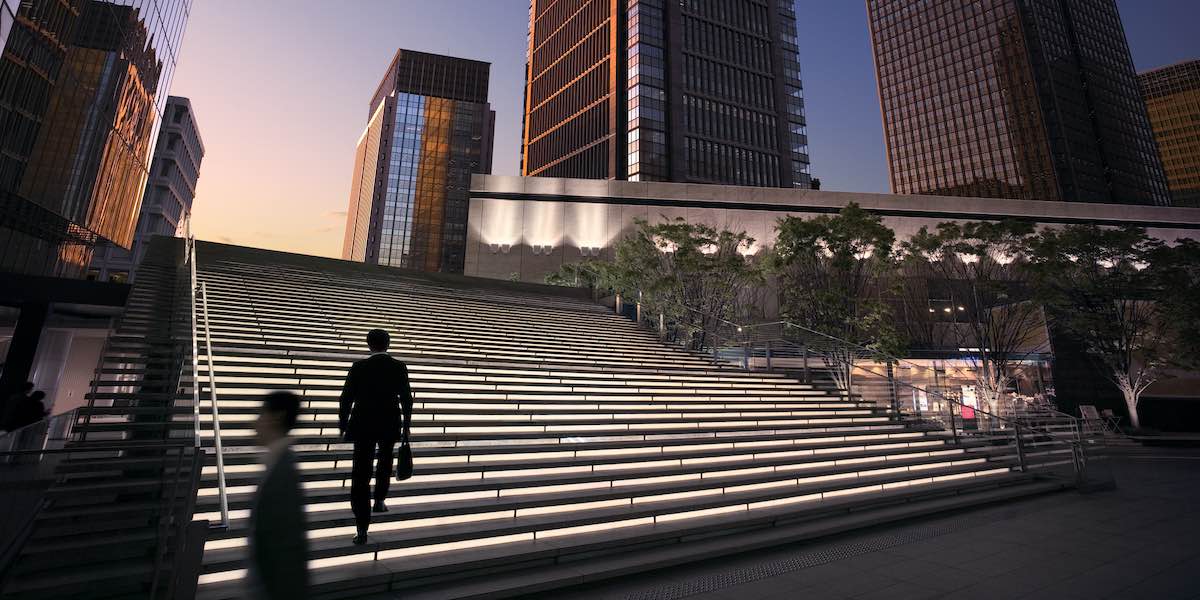Throughout 2019, we examined how the meeting and event industry has changed a decade past the Great Recession, which saw millions of jobs lost and U.S. unemployment hit 10 percent. With a shell-shocked populace, the following era saw its fair share of trial, tribulation and fear of falling skies.
According to Oxford Economics’ Economic Significance of Meetings to the US Economy, between 2009-2016, the size of the meeting sector (based on participant numbers) increased 22.7 percent and direct spending on meetings grew 23 percent (up to US$325 billion). U.S. Travel put the totality of U.S. direct spending on business travel in 2018 at $327.3 billion. On a greater scale, the Event Industry Council’s Global Economic Significance of Business Events revealed a staggering $1.5 trillion in worldwide spend in 2017, with nearly 30 million jobs impacted by the meeting and event industry. With that data, we can see a clear bounce back from the Great Recession, followed by continued incremental growth.
Revisit the following “Decade of Change” articles and consider how far we’ve come before diving headlong into the sci-fi-sounding “Year 2020.”
“Speaking with One Voice”
By Rich Luna, January
At a time when business worldwide was mired in the Great Recession, criticism from politicians and the media took aim at the meeting and event industry in what would become known as the “AIG Effect.” “It forced us to actually have a voice that supports us, to be able to speak with one voice,” said Michael Dominguez, president and CEO of Associated Luxury Hotels International and former co-chair of the Meetings Mean Business coalition. “It was the rallying cry for all of us because we were already getting attacked economically. It didn’t matter if you’re a competitor or not a competitor. How we started speaking with one voice to me is probably our greatest maturation over the last 10 years. We’ve seen that as an industry we’re uniting for the right reasons to be able to have a message that is loud enough to be heard by different constituents.”
“Upping Your Game”
By Michelle Bruno, March, Pg. 48
The more things change, the more they stay the same. Facebook and Twitter were just a few years old back in 2009, so it would have been unfair to knock meeting professionals for struggling to identify if/how these platforms could best fit into their work—the platforms themselves were still struggling to determine the proper place of businesses in social media. Although some of the groundwork has been done and, seemingly, everyone is now on Instagram or whatever new platform the kids are using, event pros still struggle to “get” social media. (Tellingly, two The Meeting Professional features published in 2010—how/why to create a social media policy and how to determine ROI from social media—are still relevant.)
Luckily, in the intervening decade, a niche—social media expertise—has emerged and there are ample companies and individuals ready to educate you and/or manage your social media efforts. Of course, just as you master one aspect of one platform, the landscape gets updated and users flock to a new social media platform. Will this fluidity settle down— are we just in a transitioning period still—or is the need to constantly learn new communication methodologies and technologies here to stay?
“State of the Industry”
By Blair Potter, May, Pg. 43
The intention placed on meeting and event design stands out as the overarching topic from MPI members when asked how the industry has changed in the last 10 years.
“The concept of intentional experiential event design has really taken a stronghold, and events today are much more attendee-centric.”
Lisa Meller, CMP, CIS, CED
Managing Director, Meller Performance Events Group
"It’s no longer about why we meet, but about how we meet. Event organizers and attendees are looking for innovative ways to engage, interact and create a lasting experience.”
Sarah Soliman Daudin, DES
President & CEO, Soliman Productions
“I believe [lessons from the Great Recession] elevated us to a much more disciplined and intentional industry. We are more intentional about designing better learning experiences.”
Melissa Majors
CEO, Melissa Majors Consulting
Naturally, the MPI Academy has a bevy of education options to expand your working knowledge of event design, including the cannot-recommend-enough Event Design Certificate.
“Keep Austin Popular”
By Jason Hensel, July, Pg. 20
Once a quirky, free-thinking college town that just happened to be a state capital, Austin, Texas, is now a tech and startup mecca with thousands of additional guest rooms and a $1.2 billion convention center expansion in the works. According to the U.S. Census Bureau, Austin has experienced a population growth of 18 percent since 2010, making it the second-fasting-growing city in the U.S. When looking at the growth across metro areas, Austin-Round Rock is No. 1 (from 2010-2018), having realized a 26.3 percent increase in population! Simply put, more people and business in a culturally unique locale easily equates to more meetings and events.







